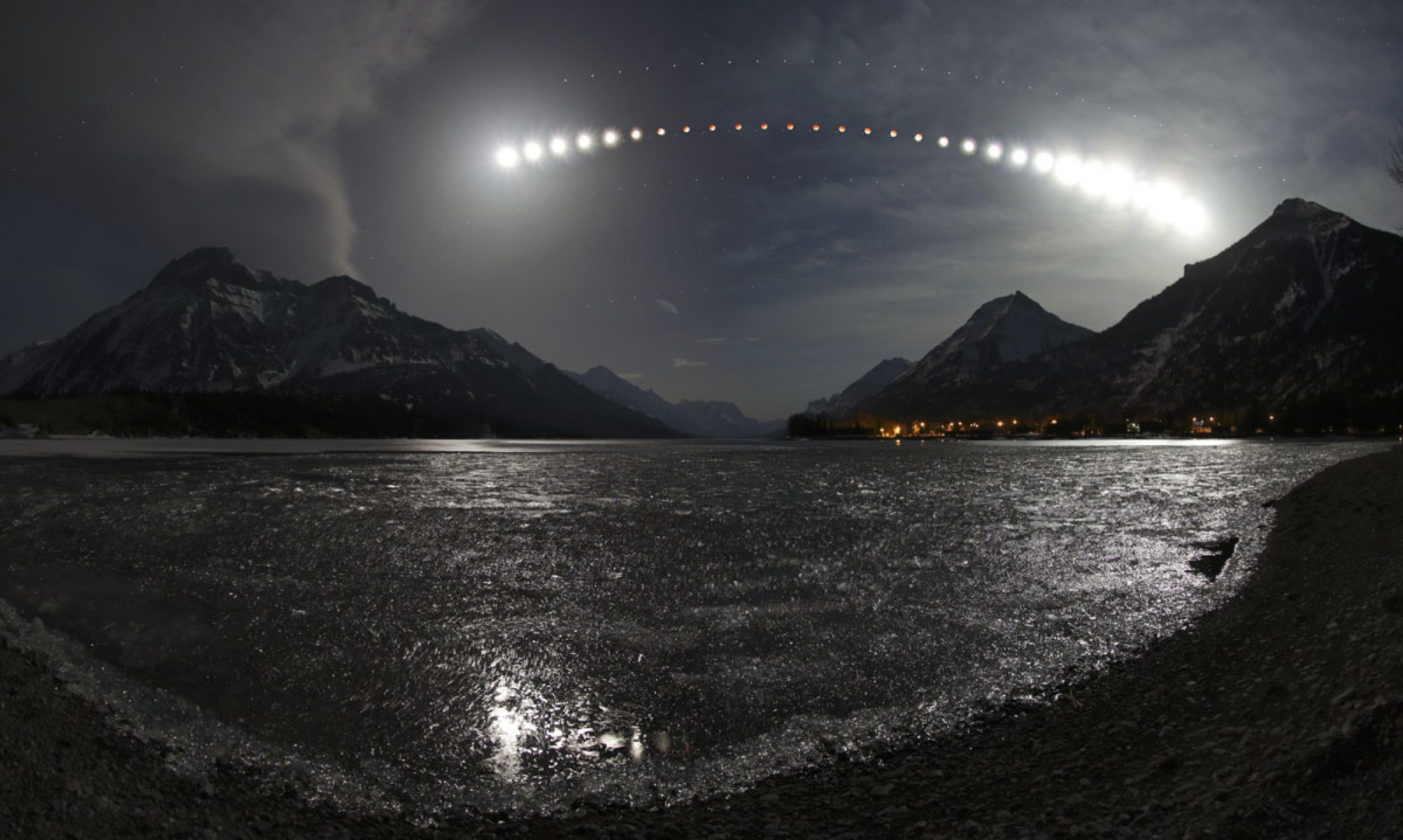Everyday things we tend to take for granted… the warmth of the sun, our own moon, and even the jewelry we wear. All of these things are the result of physics that started billions of years ago and is continuing on today. From the Big Bang to the collapse of stars… our universe is constantly changing and creating new stars, solar systems, and worlds.

From the death of stars, the potential for life is born. Stars are in a constant tug-of-war battle. The exploding fusion reaction of a star is in a delicate balancing act against the immense gravity crushing down on the star’s core. Eventually, gravity wins out in this epic struggle. The death of a star occurs when gravity keeps compressing and creating heavier and heavier elements within its core. Once a star creates the element iron at it’s core, the death of the star has begun. Iron stops the fusion reaction occurring within the star. In a matter of seconds, the star goes super-nova, gravity finally overtakes the fusion reaction and the star collapses. This collapse happens so suddenly, the inner core literally turns inside out, changing places with the outer perimeter of the star. As the star explodes, spewing matter hundreds of millions of miles into space, heavier elements are created… among these are silver, gold, and platinum. The light emitted from the super-nova briefly outshines an entire galaxy. This burst of radiation can send exploding material at a velocity about one-tenth the speed of light. The mass that’s left after the collapse of a super-nova is called a neutron star. They are the smallest and densest stars known in the universe.
So, as you go about your daily routines… take a moment to reflect upon all that is around you. The sun, waging a constant war against gravity… will one day die. Life on Earth, made possible with water molecules emitted from stars and carried to Earth via comets… our moon, the result of a long ago collision of Theia with Earth… gave us tides which helps in the cycles of life on our planet. Life, our world, and the jewelry we wear… all came about from the death of stars.

You’re beginning to think less “clannish” — my school, my family, my city, my country, my race, etc. The earth is now called a global community, but we’re still defending territory. We’ve gone from cavemen spears to 21st century ballistic missiles. We trashed the earth and space. Hawking wants us to immediately think about leaving earth before we destroy ourselves and all that is on earth. Why? So we can trash wherever we go also? We are slaves to our DNA. Survival — fight and procreate. Maybe with another earth catastrophe and a few hundred thousand years, we can build on surviving humans and actually have what religions have preached. We can cease thinking of just ourselves and realize that everything is connected and everything we do affects everything else.
I was asked a question about iron (FE) being the death knell of a star. The question, to paraphrase, was ‘if iron kills stars, why aren’t stars killed when iron bearing asteroids, planetary bodies, etc., collide with them’?
Good question! The answer is that iron being introduced into a star does not equate its demise. For instance, our sun contains about 0.014% of its total mass, in iron. Why didn’t our sun collapse? When a star is formed, it keeps building pressure. Under this pressure, elements are compressed and changed into heavier elements as they are expended. Hydrogen becomes helium… becomes lithium… and so on. Each time, the elements become heavier and heavier. Once a star runs out of manganese, the element directly preceding iron, it then tries to create iron. This is the point in which a star collapses. No matter how large a star, it cannot continue fusion once iron is created at its core.
To sum it all up, iron does not ‘kill’ a star by being introduced. It is when a star has no other fissionable material left after manganese, that the end of a star’s life is triggered.
A couple of random facts about our sun…
It is approximately 1 million miles across.
A photon can take a thousand years, once created, to find it’s way to the surface of the sun. Once the photon has exited the sun, the time it takes to travel to the Earth is about 8 minutes and 20 seconds.
At the end of our sun’s life cycle, it will expand to about 100 million miles across, becoming a Red Dwarf.
The sun, at the Red Dwarf stage, will become so large that it will exceed the Earth’s orbit.